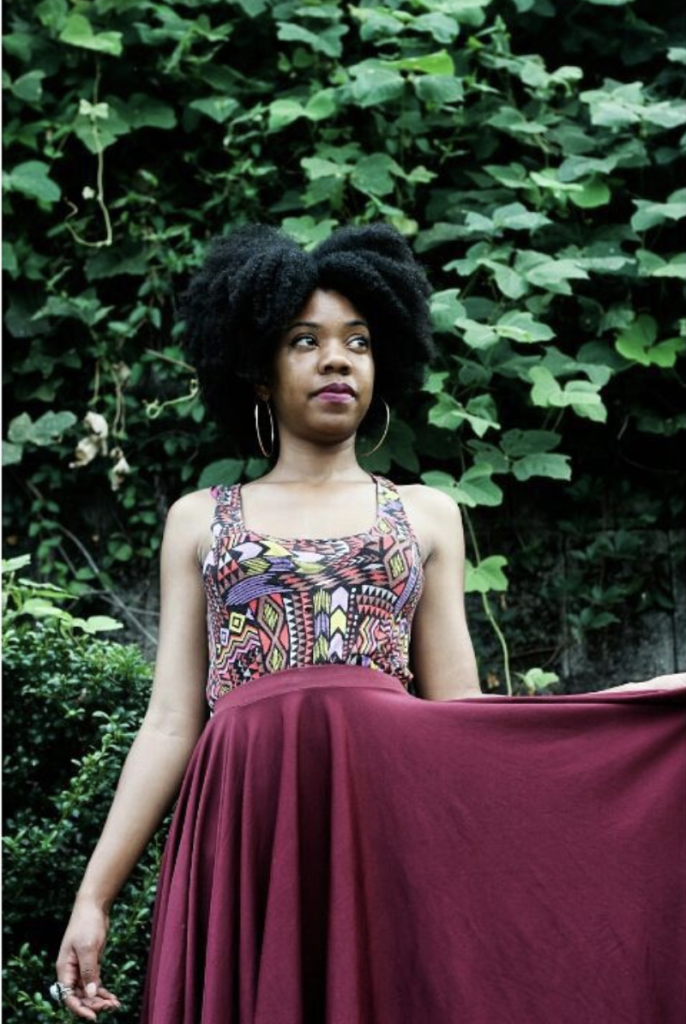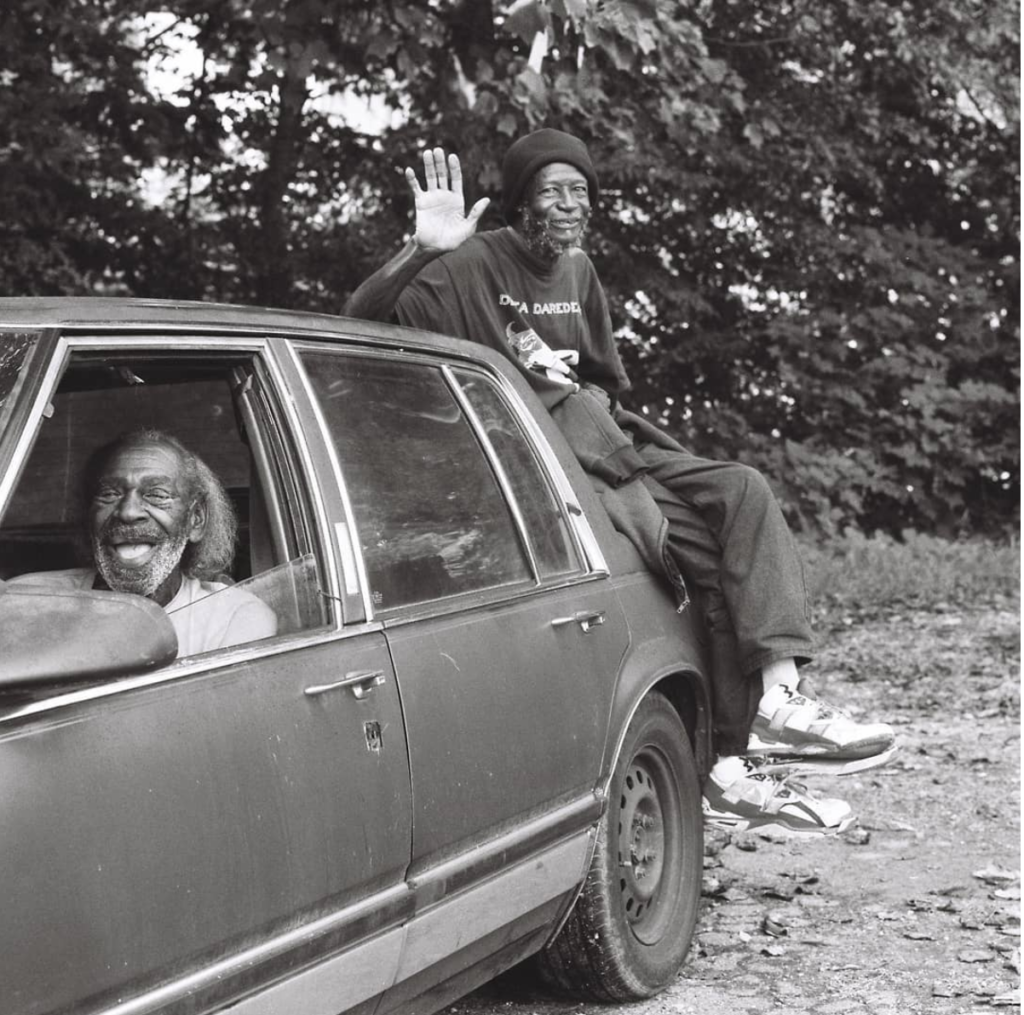by AGT EDITORS
February 17, 2019

The Fall 2018 issue of A Gathering Together features the work of Rita and Terico Harper, who have dedicated their artistic practice to exploring their hometown, Atlanta, Georgia. We spoke with the couple about their work. What follows is a reflection of that conversation.
Atlanta is Blackness. A deeply rooted Southern-scape of Blackness that is all memory, present, and enthralling futurity. In this Black Mecca, this “City on a Hundred Hills,” in the heart of the American South, we find an ancient people, a world of Blackness existing amidst a collection of coalescing forces that make the subsistence of such a place a triumph and a challenge unto itself. [1] Rita and
Since Atlanta became the space of re-migration—the return of those Black folk who left the South three generations ago—it has undergone some changes. A key artery of Black self-determination once existed where now Black corporate and entrepreneurial dreams thrive. And yet, underneath the surface of that change, the old remains. The descendants of those Africans brought to remake James Oglethorpe’s penal colony into sweeping cotton, rice, and indigo plantations never left. The descendants of those Africans who followed Aaron Bradley and Henry McNeal Turner and Tunis Campbell to deeper traditions of autonomy and struggle never left. And in many ways, these genealogies of Blackness are present in broad relief in the cool and somber depictions of the Harpers’ portraiture. There is a striking desire to remember everything that Atlanta was and might continue to be, despite the changes. Their work is a reminder that the Atlanta of the past was profound and captivating, and that it still lives. On this phenomenon, Rita comments:
“Atlanta becomes your world and you’re allowed to view the different walks of life through people that look like you. The business owners and the unemployed are getting coffee at the same store and they’re both Black. Life in Atlanta is Black life. What we’ve found as Atlanta has become a city full of transplants is that some parts of Atlanta’s B
lack lifehave become forgotten. Where thereis glitz and glamour in the city, there is a surplus of cameras. No cameras are ever seen on the streets that we actually grew up on; where our families live. We’ve just decided to be intentional about what and where Atlanta really is.”

Part of the mystique of modern Atlanta stems from the momentous events of the 1960s, where power—at least electorally—was transferred from the white elite to the Black elite, producing a sizable Black middle class. Though they were handed budgets that would never produce what some desired in terms of the transformation of the city and the struggle to defeat poverty, there were other outcomes. In the wake of that transition, a vibrant arts scene that serves as the true genealogy of much of what we’d call Southern rap, began to emerge, converging around the voice of those where “no cameras are ever seen.” There was a message in the vibrancy of Blackness and the reality of material inequality that produced a veritable tradition that, following the appellations applied to other cities, we might call the “Atlanta sound”—the persistent echo of the ancestral rhythms, present in and beyond the red clay.

Eschewing formal training, the Harpers are self-taught artists who have nevertheless looked toward giants like Gordon Parks, Roy DeCarava, Spike Lee, as well as the insurgent work of Barry Jenkins as their inspiration. Over the past six years, their work has spanned the artistic and professional environments, with
In the photos chosen for our Fall 2018 issue, we wanted to find works that spoke to both stillness and movement, to posture and possibility. Our cover image captures much of that ethos. There are elders situated in a car, representing stability and movement. And the location of that shot, in the places where “no cameras are ever seen” is where the beauty of Atlanta as Southern-scape lies: its potential. Everything is in their gaze. Seeing and been seen; no veil. A potential not merely in the sense of unrealized possibility, but in the idea that in everything, all the foundations of our next movement already exist.

It was the beauty that must have inspired all those who have called Atlanta home sought when they chose to go South, to go back to that old landmark. What lies ahead for that tradition whether it emanates from the next W.E.B. Du Bois, the next Toni Cade Bambara, or the next iteration of a formation like the Dungeon Family is to work for something better, to take the world of Atlanta as the guide to how to transform the larger world around us. And for that, we need to see it. For Rita and
